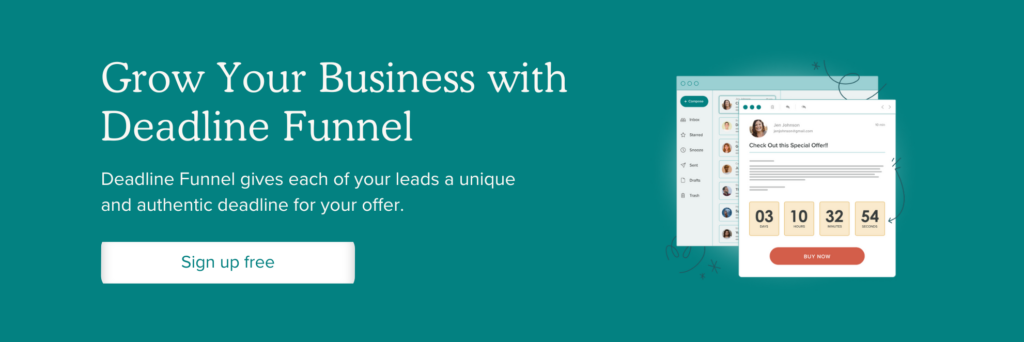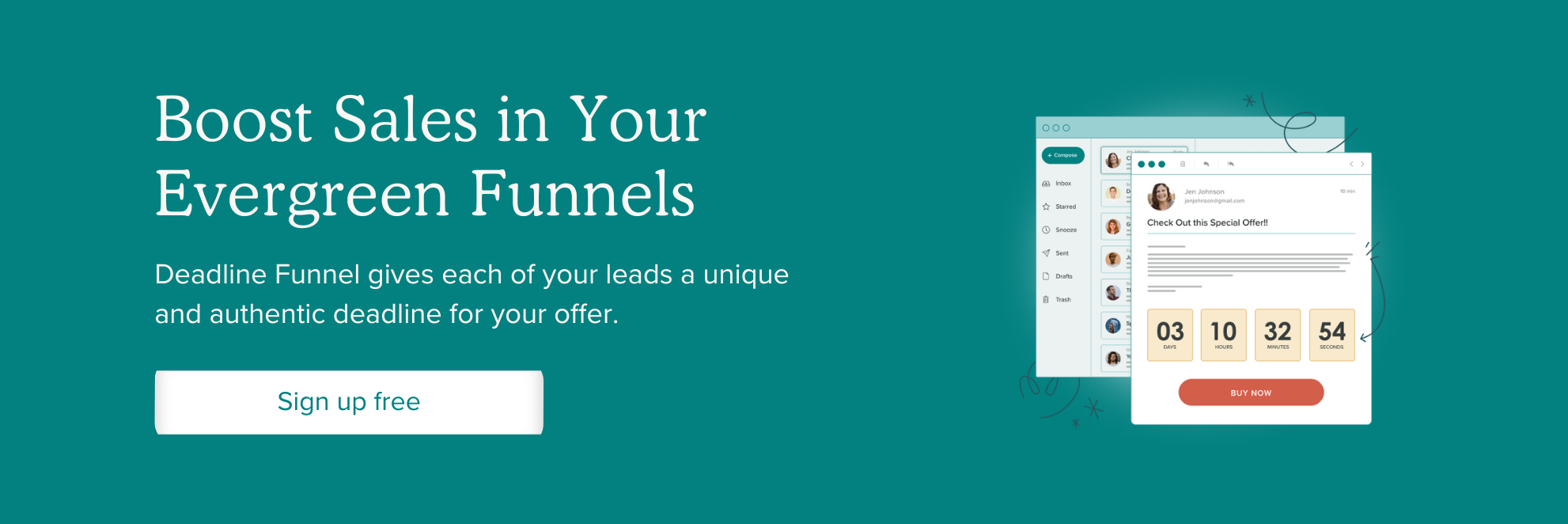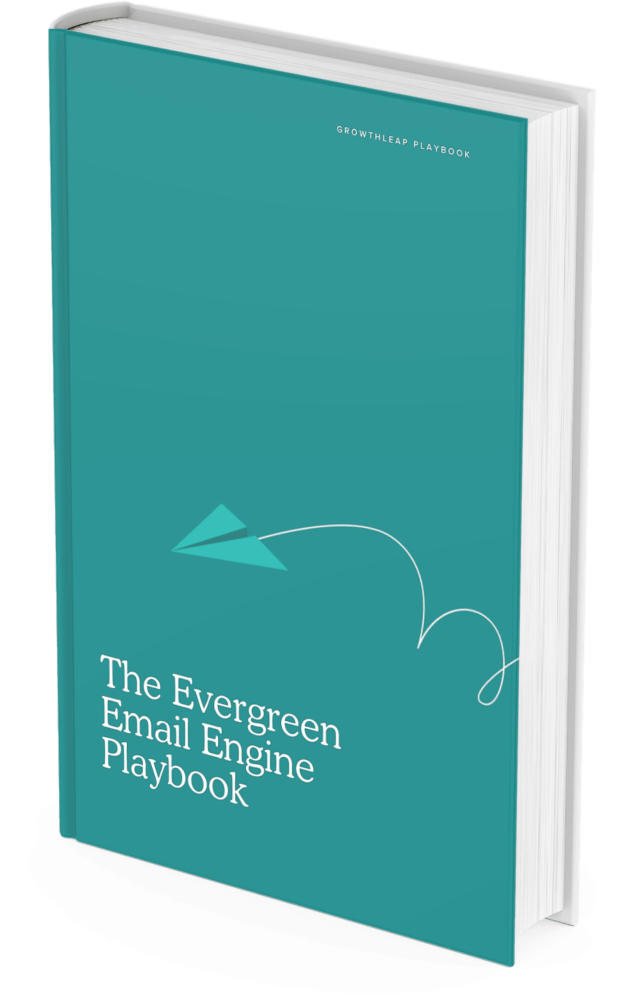
Scarcity in marketing refers to an offer’s limited availability. This can refer to physical and temporal availability, such as a limited supply of a product or the number of seats available for a webinar, a limited-time offer, or a weekend sale.
Urgency is another word for time constraints. The term “scarcity” describes the restricted supply of resources that are typically available for use. The use of scarcity as a marketing strategy makes consumers feel compelled to buy a particular product or service. It is based on exclusivity and a brief window of time when a customer-facing offer is made.
What is Scarcity in Business?
Scarcity is one of the defining characteristics of economics, which examines how people meet their limitless wants and needs with finite resources. It indicates a gap between a good or service’s supply and its demand.
As a result, consumers, who ultimately drive the economy, may have fewer options due to scarcity. Because it can influence consumers’ choices, scarcity of goods and services is a crucial variable for economic models.
Here are some instances of scarcity in the business world:
Lack of exportable goods as a result of a ban on the importation of raw materials used in manufacturing, pharmaceutical companies’ refusal to produce drugs that do not generate significant profits, leading to a lack of those drugs, and poor corn harvests as a result of bad weather, leading to a lack of food supply and ethanol for fuel.
Scarcity Marketing
Scarcity marketing is used to entice more customers to buy a product or take advantage of a good deal before it expires. Frequently, this entails setting particular time limits on sales and promotions, reducing the number of items in stock, or creating seasonal or promotional items to sell for a limited period.
Scarcity marketing instills an engineered sense of urgency regarding your goods or services.
You achieve this by restricting access to what you are offering in some way, whether through limited time-edition promotions, constrained supplies of a specific item, or other techniques.
When customers are aware that they only have a limited window of opportunity to take advantage of your offer, they are more likely to act quickly and make a purchase before it is too late. There are numerous triggers used in scarcity marketing strategy. Both internal and external factors are present.
Among The External Causes Are:
Temporary Promotions: These strategies are effective due to the propensity for responding to urgency and fear of missing out (FOMO).
FOMO (Fear Of Missing Out) is most frequently experienced when it comes to rewarding opportunities that other people, particularly those in your close social circle, are a part of.
Of course, different people and situations will experience FOMO in different ways. But at its core, FOMO is driven by the innate desire to make sure you take advantage of all available opportunities for gain. Even though getting it might be difficult or impossible, we all yearn for what others have.
Options are few: As a result of our desire for things that other people don’t have, we place a higher value on limited options than those available in greater quantities.
Internal Cues Include:
Focusing on the positive: That’s why “positive thinking” can be so powerful; relatively positive thoughts increase your propensity to see opportunities around you. Marketing experts can feign scarcity, or natural demand can do it for them.
Scarcity Marketing Background
It’s hard to know the precise moment when the scarcity marketing strategy first started, but businesses have been using it for an extended period. The Disney Vault is one of the most recognized forms of scarcity marketing, debuting in the 1980s.
Walt Disney Studios Home Entertainment released special editions of films, enticing loyal customers to buy them before they were archived in the “Disney Vault.” Unfortunately, when Disney releases a new film, it is only available for a short while before being placed in the company’s vault.
This means that viewers must act fast when they want to watch something new. Apple is another company that has applied scarcity marketing tactics to its business model.
Scarcity Vs. Urgency
Urgency, much like scarcity, is another psychological push that encourages millennial consumers to buy. Though the terms are frequently used interchangeably, there is a slight difference between them.
Urgency is a marketing tactic that focuses on offering limited-time deals. Marketing techniques like “buy now before the price rises,” “buy now before it’s too late,” and countdown timers, as well as flash sales and advertising such as “purchase immediately before the price increases,” encourage consumers to buy sooner rather than later.
In contrast, scarcity is when there are limited quantities (like how much stock is left, the number of seats available, or how many tickets are remaining). It may create a sense of urgency to push small quotas, but the goal is that only a small number of individuals at any one time can acquire them.
Benefits of Scarcity Marketing Tactics
Examine these advantages of the scarcity marketing tactic to help understand how it can impact your own business.
Creates More Demand For Certain Products
Higher demand for your products is frequently generated by scarcity marketing work because it reduces their availability and raises their exclusivity.
If customers share your limited-edition merchandise or discounts with friends, it may help promote your products and increase interest among potential buyers. In addition, highlighting the distinctiveness of the limited-edition items or prices can make a big difference.
Motivates Customers To Buy Instead of Wait
Some customers prefer to consider a purchase carefully before deciding, but this frequently results in the customer forgetting about the product. Using scarcity marketing, you can evoke a greater sense of urgency to compel these customers to buy the item immediately to take advantage of the sale price.
Improves the Visibility of Your Company From Referrals
Existing customers typically recommend businesses to relatives and friends for exclusive deals and products, so using scarcity marketing campaigns in your sales tactic can boost sales and brand recognition and expand your clientele.
Digital marketing strategies incorporating online scarcity indicators, such as timers and low-stock displays, can enhance this shareability.
Why Do Companies Use Scarcity Marketing?
Businesses frequently use content scarcity marketing to encourage customers to buy quickly before a product sells out or the promotion ends. For example, customers are more likely to purchase when they see a product running low on stock to get it before it sells. As a marketer, you can encourage consumers to make purchases by emphasizing the limited availability of products or discounts.

Scarcity Marketing Tactics
Exclusivity
Your buyers are much more likely to purchase a product if it is offered for sale for a limited time. Apple, for instance, sold a million iPads during a recent holiday sale in the first 24 hours. As a result, Apple could sell more tablets than they normally would have by convincing customers that they needed to buy them right away.
Seasonal Products
When you reveal new products or the same in-demand items from the previous season, selling limited-season products can help your business drive sales during specific times of the year and generate excitement.
For example, you may sell seasonal products like food and drink, apparel, accessories, or practical items to upsell customers who require or desire your regular offerings throughout the year. In addition, customers who are enthusiastic about seasonal goods frequently tell their friends about them, which expands your clientele.
Special Edition Products
Selling limited-edition or exclusive products, which have an immediate value proposition due to their low supply and excess demand, is another scarcity marketing strategy that might be effective for your business.
You also could think about collaborating with other companies or well-known individuals to create unique products that appeal to various consumers and increase your potential market.
Create anticipation for the release of the items in advance to ensure that as many people as possible are aware of these products when they become available if you want to use unique edition products to your advantage.
Implement A Virtual Waiting Room
Ecommerce merchants can display social proof and scarcity during product launches or flash sales by virtual waiting rooms. When used, customers are directed into a branded waiting area after entering a product launch or sale so they can see how many other customers are waiting to enter the sale alongside them.
This enables online merchants to simulate real-world lines’ social proof, which has been shown to raise conversion rates and perceived value.
In addition, they aid eCommerce retailers in implementing the two main scarcity marketing techniques discussed above: framing scarcity as the result of demand and using data to demonstrate to customers the actual demand and supply of a product.
Early Access Discounts
Early access discounts are typically limited-time price reductions on product pre-orders or exclusive promotions for devoted customers to obtain a product or service ahead of time. These reductions encourage consumers to purchase an exclusive product before the reduction ends, and other people can obtain it, which could cause it to run out of stock more quickly.
Sending emails to current customers with information about the promotion and posting a banner with the date the discount expires on your store’s website or in-person location are effective ways to use early access discounts.
Next-Day Or Same-Day Delivery Countdowns
Customers are frequently enticed to make purchases sooner by the availability of next-day or same-day deliveries from some online retailers for products ordered before a specific time.
In addition, many businesses that offer delivery also have free delivery minimums, which might encourage them to buy more items at once. This method involves displaying a timer on your website’s checkout page that informs customers how much longer they can purchase for quick delivery.
Products Almost Out Of Stock
Showing a product is almost sold out or has limited stock is one way to use scarcity marketing for an eCommerce store. Using software that displays real-time notices of low stock on your company’s website, customers can always see when there aren’t many units of a product left to purchase.
This can persuade hesitant buyers to buy the product before it sells out, which is helpful for buyers who ordinarily wait to buy and end up forgetting about it as they go about their day.
Cart Timers
You can use cart timers to prevent someone else from purchasing the items in a customer’s cart. This is particularly helpful for limited or short-supply products because it forces customers to decide whether they want to buy the item right away or hold it in their cart and wait.
To encourage customers to finish their purchase, you can use this technique to add a real-time cart timer to your company’s website and send them an email when their cart is about to expire.
Flash Sales
Flash sales refer to last-minute sales announcements that last only a brief period. However, they can be a great way to elicit urgency because they get customers fired up and prepared to buy immediately.
Customers will pay much more attention to your company’s marketing materials and announcements if you establish a reputation for flash sales.
Demand Generation Principles
Demand generation entails any activity that increases public interest and knowledge in your good or service to create a reliable pipeline that will grow your business.
It is an all-inclusive term that includes all marketing and sales initiatives from each point along the customer journey, from the initial interest of prospects to upselling to existing clients.
Principles Of Demand Generation
Know Who Is Buying and Why
Getting the right leads from marketing to sales is crucial, but it’s just as crucial—if not more so—to ensure that sales can seamlessly pick up where marketing left off.
The perfect way to implement this smooth integration is to create buyer personas, though it may seem like a daunting task. Start with a comprehensive persona, which is a thorough character analysis of each type of buyer, to make it less so.
Say Goodbye to Disjointed Sales and Marketing Activities
Reshape your marketing procedure from a collection of unrelated tasks into a seamless sales and marketing process. A systematic framework called the “demand funnel” is used to group and align similar potential customers and track their progress as they make their way through the purchasing process.
Focus On The Right Leads
You can concentrate on the right leads by identifying your target customers, comprehending their behaviors, and using a scoring model to qualify them.
Deliver the Right Content At the Right Time and Frequency
Because not all customers are created equally, they might not comply with the carefully thought-out steps of your developed demand funnel. Lead nurturing programs are created to facilitate two-way communication while delivering the appropriate content at the appropriate time and frequency.
Depending on your goal, you have infinite options for creating nurturing programs. For instance, seed nurturing can add new names to the demand funnel.
Examples of Scarcity Marketing
Booking.com’s “Two Rooms Left” Message
You can tell Booking.com does many things right by looking at the hotel search results on its website. You can see discounts, social proof, and star ratings. But its use of scarcity marketing is what truly stands out.
It uses language like “only two rooms left at this price” to entice people to make a reservation immediately. However, due to the limited supply, people assume there is a reason why it is booked up and that they should be the ones to occupy the final available rooms. Otherwise, they would lose out.
Ugmonk’s “1 Left In Stock” Message
E-commerce stores can use similar messaging to emphasize the rarity of their scarce products. For instance, Ugmonk adds the phrase “only one left in stock:” to its product page.
The scarcity principle is employed to cause FOMO and is cleverly positioned beneath the call-to-action button. They must obtain it quickly if they want to join the group because it is obviously in high demand.
Kaleigh Moore’s “Four Spots Left” Webinar
The appeal of holding events online is that, provided you have the appropriate software, you can invite any number of people. However, this does not obligate you to make webinars accessible to everyone. For example, Kaleigh Moore uses a sense of scarcity marketing psychological principle to encourage people to sign up for her webinar.
BrightonSEO’s Free Ticket Ballot
Every year, the BrightonSEO conference takes place. Most tickets are sold for a fee, but they occasionally offer some for free as part of their marketing plan. There is a connection between the free ticket ballot and scarcity marketing work because there is a time limit on entry.
However, because there are only a limited number of free tickets available, people enter (and probably attend the event) hoping to get something others pay for if they’re lucky.
BrightonSEO recognizes those who vote as potential clients even if they do not receive a free ticket. To persuade them to purchase a paid ticket, they employ email marketing.
GAME’s “While Stocks Last”
Many digital marketing strategies include social media in their mix. However, this GAME example demonstrates how it can be applied to encourage scarcity. The retailer tweeted about restocking a well-liked game and emphasized that it is only available “while stocks last.” The intention is for people to visit the store as soon as they see the tweet to purchase it before it sells.
Conclusion: How Scarcity Marketing May Improve Your Business
There are various types and shapes of scarcity. Demand generation can increase the credibility and persuasiveness of a company’s marketing messages in the eyes of potential customers. This will ultimately help the company generate more sales and increase revenue by cultivating quality leads.
According to a psychological theory, humans desire something more if something is hard to get. Therefore, users will like your product or service because they think they can’t obtain it elsewhere if you can make it appear in limited quantity.
Understanding this idea in its entirety is a crucial marketing strategy. Even if you start with little money, it enables you to produce in-demand goods and earn more money.
FAQs
What is Demand Generation?
The process of increasing awareness and demand for your product or service is known as demand generation. Demand generation increases your audience, creates buzz, and boosts traffic to convert interest into action.
What are the Best Demand-Generation Strategies?
Blogging, webinars, ABM tactics, downloadable content, direct mail, podcasts, email, and SEO are a few of the best demand-generation techniques.
What is Scarcity Marketing?
A marketing tactic known as scarcity marketing plays on a potential customer’s fear of missing out on a deal. Scarcity marketing is based on the psychological idea that we often desire things that are in high demand and difficult to obtain.
What are Some Demand Generation Best Practices?
Establish a recognizable brand identity—a collaboration with sales. Create customer journey maps and buyer personas. Optimize your campaigns based on analysis.





